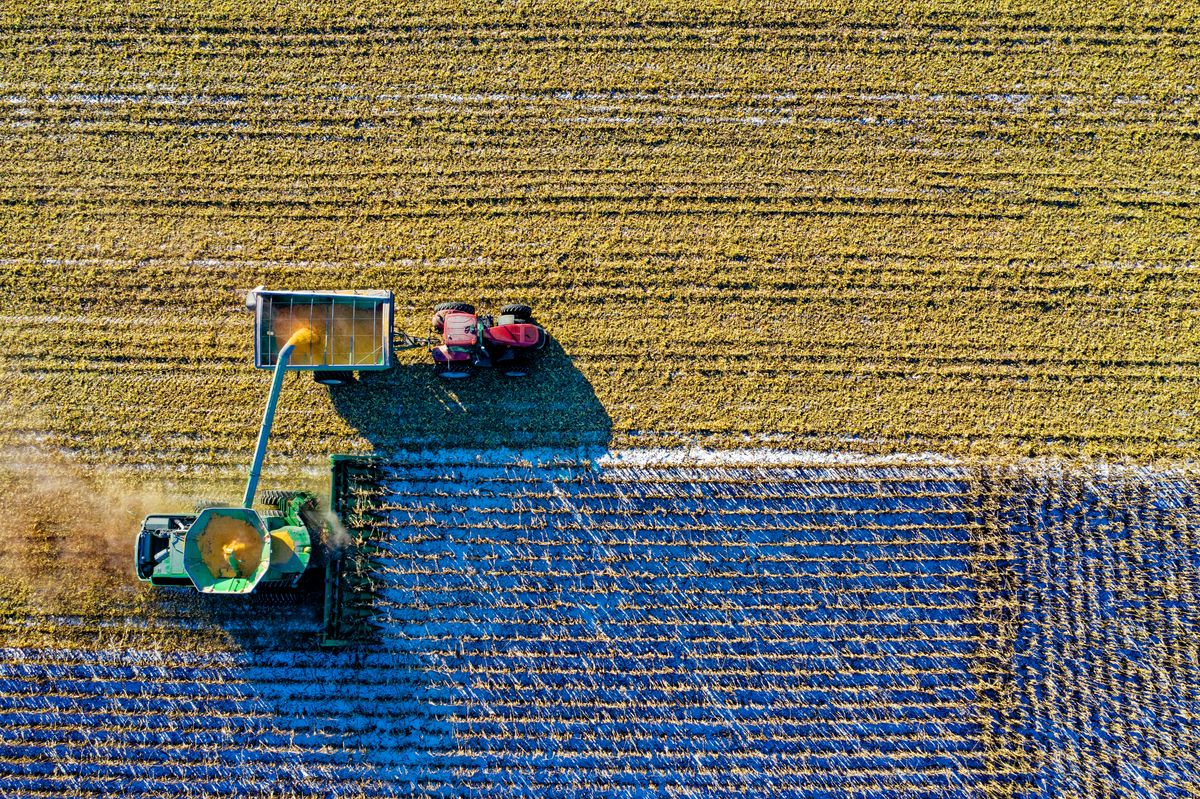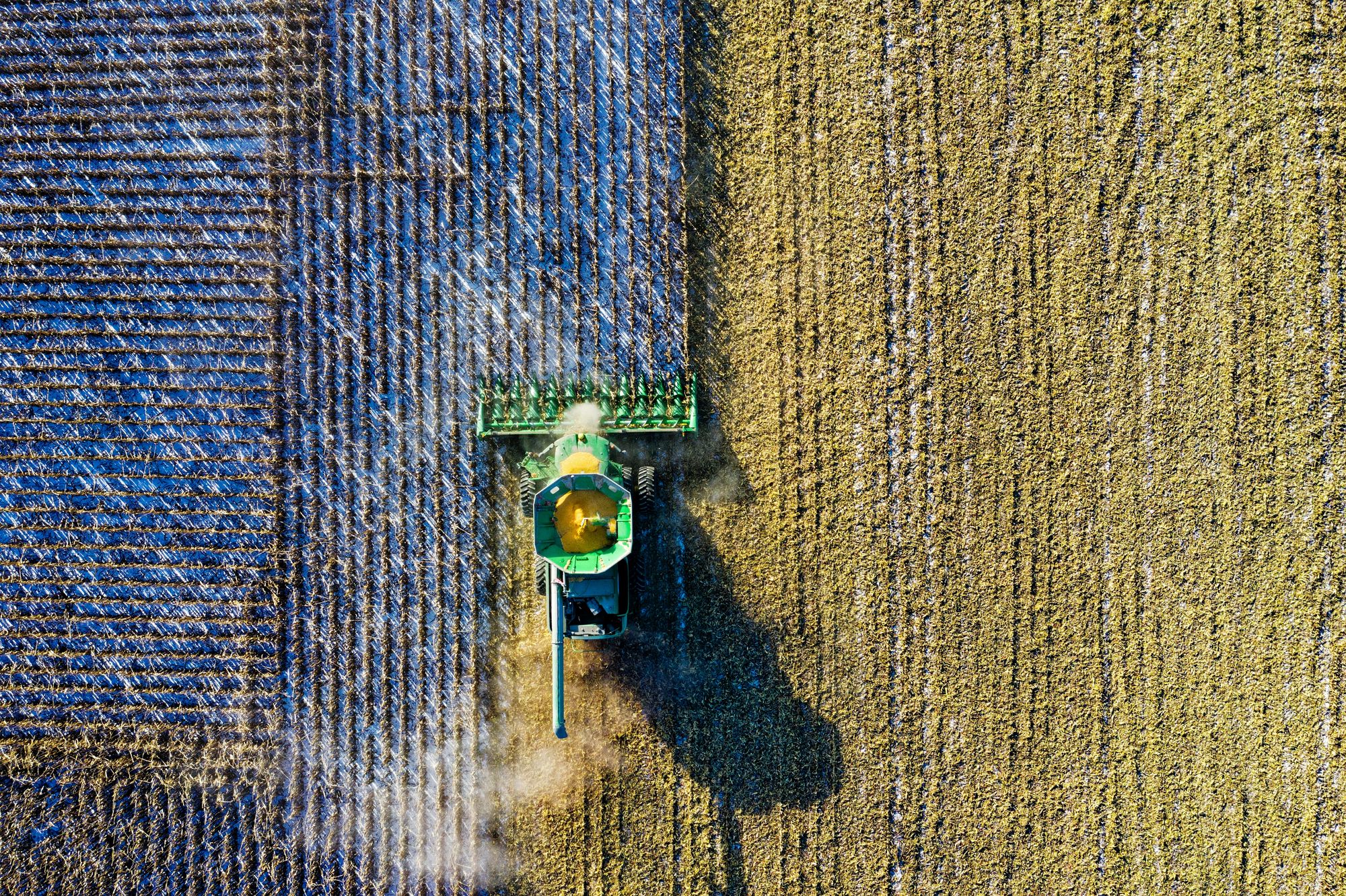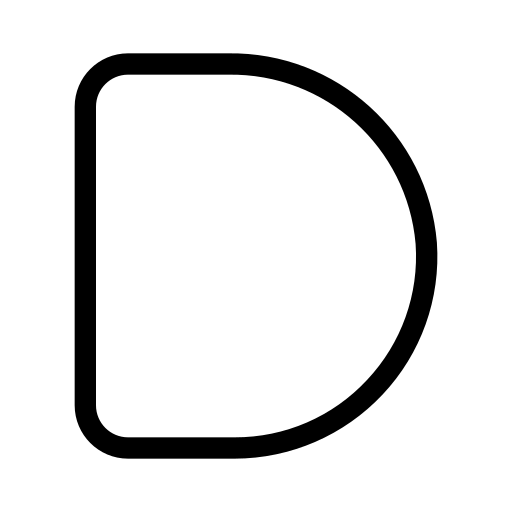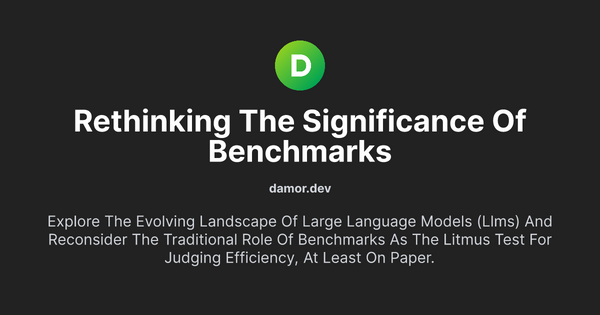The Future of Farming: Merging Nature and Tech 🌱

A Brief Glimpse
We're living through a renaissance in agriculture! 🚀 As technology becomes increasingly intertwined with farming, we're witnessing innovations that were once the stuff of science fiction.
With our ever-growing global family, the question of how to sustainably feed everyone is pressing. So, let's take a journey through the groundbreaking changes reshaping our farms.
Sky-High Views with Drones 🚁

Back in the day, farmers needed to trust their instincts, experience, and sometimes, a bit of luck. Today, drones offer an aerial advantage. Flying over fields, they capture data on:
- Soil Health: By analyzing the soil from above, drones can pinpoint areas needing more nutrients or hydration.
- Crop Growth: Monitoring the progress of crops ensures they are growing as expected. Any anomalies can be spotted and addressed early.
- Water Management: With their sensors, drones can detect waterlogged areas or places where irrigation might be needed, helping farmers manage water resources effectively.
With these insights, farmers can make swift, informed decisions, ensuring crops get exactly what they need, when they need it.
Machines Taking the Wheel 🤖
The machinery today would make older tractors blush! Here's what's new on the farm:
- Self-driving Tractors: Equipped with GPS and sensors, these tractors can navigate fields, avoiding obstacles and ensuring seeds are planted uniformly.
- Automated Harvesters: These are designed to pick crops without damaging them. For example, a tomato harvester can pick the ripe ones, leaving the green ones for later!

- Disease Detection: Some advanced machines can even detect plant diseases by analyzing the color and texture of leaves, helping farmers intervene before an outbreak spreads.
Automation ensures consistency, reduces waste, and helps farmers achieve better yields with fewer resources.
Artificial Intelligence: Not Just for Sci-Fi 🧠💡

AI's impact on farming is profound. Here are a few ways it's helping:
- Predictive Analysis: Using vast amounts of data, AI can predict when pests might strike or which crops will be in demand next season, allowing farmers to plan ahead.
- Weather Forecasting: By analyzing weather patterns, AI helps farmers decide when to plant, irrigate, or harvest.
- Resource Allocation: AI systems can analyze a farm's resources and recommend optimal allocation, ensuring no water, fertilizer, or seed goes to waste.
Rather than replacing human decision-making, AI augments it, offering tools that allow farmers to make smarter choices.
Vertical Farming: Growing Up, Literally 🏢

With urban sprawl taking over arable lands, farmers are thinking vertically. Here's what's happening:
- Layered Growth: In buildings, crops grow in stacked layers, maximizing space. Imagine a multi-story building, but instead of offices, each floor is a lush garden!
- Controlled Environment: These farms can control temperature, humidity, and light, creating ideal conditions year-round. No more crop failures due to unexpected frosts or droughts!
- Hydroponics and Aeroponics: These soil-less farming methods feed plants directly with nutrient-rich solutions, ensuring they get what they need without any soil-borne diseases.
Vertical farming is not just a solution for space constraints; it's a vision of how we might farm on other planets!
Wrapping Up
Farming's future is a tapestry woven with threads of tradition and innovation. As we integrate technology into agriculture, we're not just growing crops; we're cultivating a brighter, more sustainable future. And as we bite into the fruits of this labor, we'll taste the harmony of nature and tech.


![[Solved] ZlibError:zlib:
unexpected end of file - payload](/content/images/size/w600/2024/02/Screenshot-2024-02-18-143905.png)


